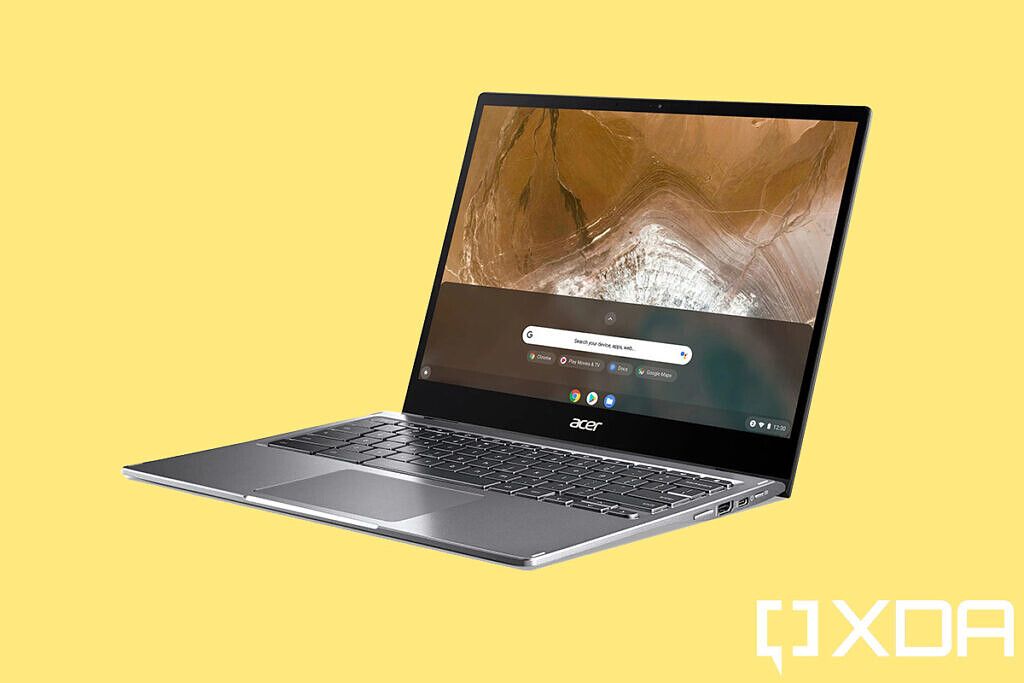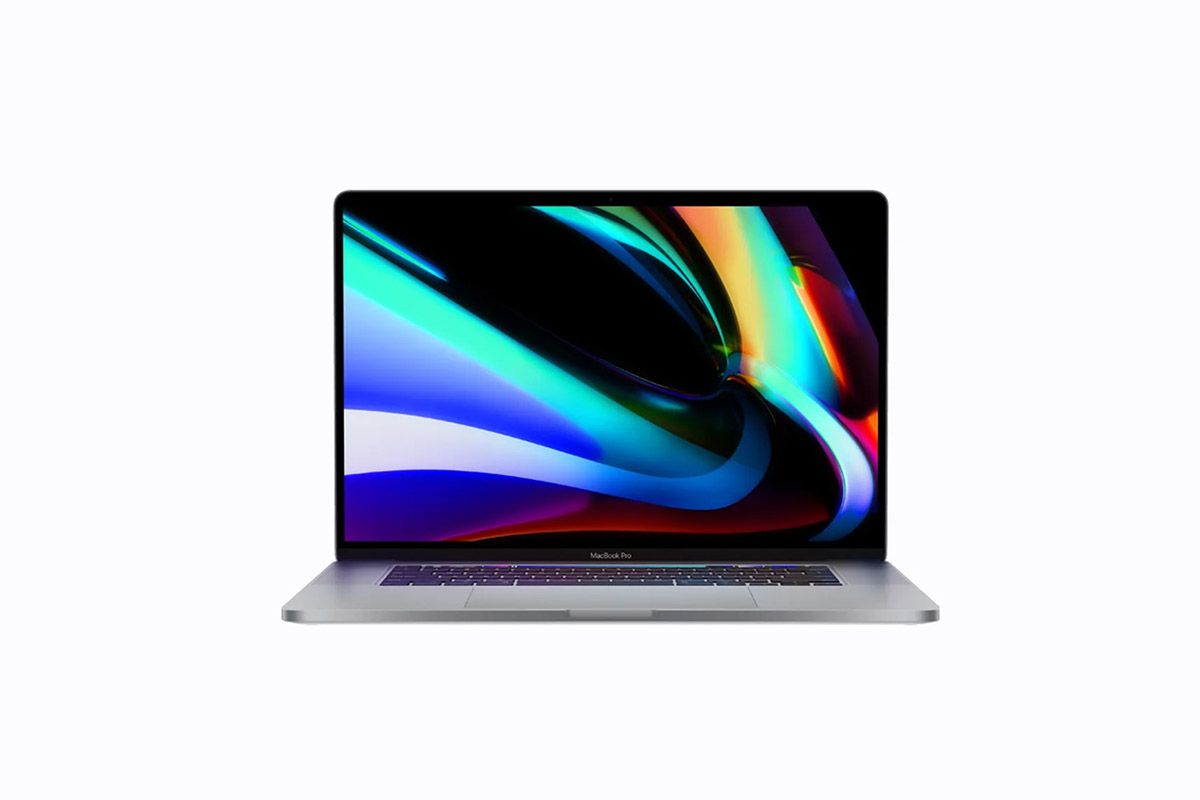Smartphones have become extremely powerful and are as useful as your everyday laptop or even more. Apart from many tasks that one can achieve from a notebook, the best smartphones have gone way beyond. You can click amazing pictures and videos, binge watch your favorite TV shows, or even pay money without ever reaching for your wallet. But even to this date, most people continue to rely on laptops to get their work done faster and more efficiently. The initial days of the Covid-19 lockdown saw a decline in smartphone sales due to obvious reasons. However, at the same time, there was a huge demand for laptops as organizations scrambled to switch to a work from home setup.
Now there is a wide variety out there for almost every type of user. From gorgeous displays to long-lasting battery life, getting the right notebook is honestly not that difficult. Of course, you just need to look in the right place. It is best to assess all the factors before you go ahead and put your money down. Apart from choosing the right specs, you need to be mindful of the size and form factor. Of course, in the end, it all comes down to your needs and requirements. To make things easy, we have listed some of the best laptops that you should consider if you are planning to buy one in 2020. These are the best and top of the line options in various segments.
Navigate this guide:
Best Overall Laptop: Dell XPS 13

The XPS 13 has quintessentially been one of the most influential Windows laptops in the past few years. Known for offering a solid balance of style and performance, the current generation model offers up to a 10th-gen Intel Core i7-1065G7 processor, 16GB of memory, and 512GB SSD. The sleek metal design complements the borderless display, which is also one of its highlight features. Speaking of which, Dell has been offering some of the best-looking displays on its XPS lineup. This one features a 16:10 ratio screen, and you can opt for a 1080p or 2400p resolution. The port selection is limited to a couple of USB-C with Thunderbolt 3, while the claimed 12-hour battery life sounds great for all-day workloads. Be on the lookout for the newly launched XPS 13 9310 model that comes with the same design and styling, but features the new 11th-Gen Intel Core processor options with the new Iris Xe Graphics. The new model should be available soon and offer a slight edge in terms of performance compared to the outgoing model.
The Dell XPS 13 is a highly recommended premium notebook that offers a solid balance of style and performance. It is also one of the best ultrabooks out there.
Best Everyday Gaming Laptop: ASUS ROG Zephyrus G14

Probably one of the most eye-catching notebooks of 2020, the Zephyrus G14 from ASUS is quite a versatile machine. It offers a fairly sleek 14-inch design and is also loaded with powerful CPU and GPU options to fulfill your gaming needs. The solid build, battery life, and that unique dot-matrix display on the lid add up to what can be called the best everyday gaming laptop. Notably, ASUS is offering the machine with AMD’s powerful Ryzen 4000 processor options as well as a 120Hz display. The only gripe we have is that it does not come with a built-in webcam for your Zoom meetings.
The ROG Zephyrus G14 is one of the most praised laptops of 2020. It offers one of the most unique designs and comes with powerful CPU options from AMD.
Best Laptop for Mac users: Apple MacBook Pro 16

The biggest and most powerful MacBook in years, the MacBook Pro 16 is an easy recommendation for power users. The notebook has been applauded for finally bringing back the scissor-style keyboard switches. It also comes with some of the best speaker systems on any laptop on the market. Of course, being a MacBook Pro, you can expect this machine to glide through your audio, video, or photo editing tasks without working up a sweat. Apple has also gone all-out when it comes to the hardware offering up to an 8-core Intel Core i9 processor, up to 16GB of 2666MHz DDR4 RAM, further expandable, and up to a whopping 8TB of SSD storage.
The MacBook Pro 16 is the most powerful notebook from Apple. It is great for power users, especially if you are a creative professional.
Best 17-inch Laptop: Dell XPS 17

Dell reintroduced a 17-inch XPS laptop earlier this year, almost 10-year after we saw the last model. Offering all of the best features that we have seen on the recent XPS lineup, the XPS 17 simply enlarges the package. It also offers up to an Intel Core i9 processor and NVIDIA GeForce RTX 2060 GPU making it an apt device for creative professionals and casual gamers. Additionally, you can expect the premium XPS styling, including the super-slim bezels, which reduces the laptop’s overall footprint down to a 15-inch notebook. This notebook is also a serious competitor if you are looking for a Windows alternative to the MacBook Pro 16.
Bringing the best of the XPS lineup, the XPS 17 is the best 17-inch laptop that offers a footprint of 15-inch machine. It comes with an excellent display and a premium design that you cannot ignore.
Best Budget Gaming Laptop: ASUS TUF A15

AMD’s Ryzen 4000 series has given solid competition to Intel this year. Apart from mainstream laptops, the chipset also crept into the gaming segment. One such option, especially if you are looking for something on a budget, is the ASUS TUF A15 gaming notebook. Targeting entry-level gamers, the TUF A15 is a fairly affordable option if you are looking for something powerful for your everyday work and gaming needs. The notebook isn’t the most premium-looking machine out there, but you get MIL-STD 810 certification and some RGB lighting for the keyboard. You also get the option for a 144Hz panel, although it isn’t the most color-accurate screen, which is expected from an entry-level gaming laptop.
ASUS is offering a great entry-level gaming laptop loaded with AMD's power-packed Ryzen 4000 series processor and option of Nvidia GPUs.
Best Business Laptop: Lenovo ThinkPad X1 Carbon

The ThinkPad series is a no brainer if you are looking for a solid business notebook. The X1 Carbon primarily witnessed under-the-hood upgrades this year, but that doesn’t make it any less of a recommendation. The 10th-Gen Intel vPro CPUs deliver only a slight performance boost compared to the previous generation. But if your business notebook is 3-4 years old, then the ThinkPad X1 Carbon is a wise choice. The laptop offers an ultraslim design that is highly durable and the best keyboard in its class, and good display options. We would also recommend looking at the HP Elite Dragonfly if you are willing to stretch your budget.
The ThinkPad is a popular name when it comes to business laptops. The 8th-gen ThinkPad X1 Carbon is pretty much the same as the last year's model, but brings new innards for improved performance.
Best Gaming Laptop: Razer Blade Pro 17

Razer might still be an underdog, but the Razer Blade Pro 17 is undoubtedly the best gaming laptop out there. It has a fairly slim persona yet offers a healthy set of ports, including a full-size HDMI and Ethernet. There’s certainly some high-end hardware as well, including the options of a 300Hz display or a 4K 120Hz screen, NVIDIA’s GeForce RTX 2080 Max-Q, and an eight-core Intel Core i7-10875H processor with 16GB RAM. If you want to go all-out, you can look at the Alienware m15 R3 or even the Gigabyte Aero 17. Still, in our opinion, Razer is offering a wider option for gamers and creative professionals in a package that would appeal to a wider audience.
The Razer Blade 17 Pro is the ultimate gaming machine that combines a stealthy look and beastly performance. Razer is offering this notebook with up to a 300Hz display or a 4K 120Hz option which is quite something.
Best 2-in-1 Laptop: HP Spectre x360 13

If you are looking for the best 2-in-1 laptop that also looks impressive, then the HP Spectre x360 is a wise choice. Apart from offering strong performance, it features a vivid 13.3-inch 4K OLED touch display and an excellent keyboard. Compared to the previous-gen model, HP has trimmed down the areas around the display and keyboard, making it smaller in terms of the overall footprint. The notebook also offers fingerprint and face recognition for added security, while the improved trackpad offers a fluid experience.
One of the most premium 2-in-1 laptops, the HP Spectre x360 is for the ones who don't want to compromise on style and performance. It comes with a great 4K touchscreen display option along with Intel's latest 10th-gen CPUs.
Best Chromebook: Acer Chromebook Spin 713

Chromebooks are usually the best option for school and college students since they are usually cheap. Not the Acer Spin 713 though. It is one of the most powerful, pricey, and best Chromebooks out there. Since it is expensive, it also comes with powerful 10th-gen Intel CPU options going all the way from Core i3 to a Core i7. It also comes with a 13.5-inch 2256×1504 touchscreen, a 128GB NVMe SSD, and 8GB of LPDDR4 RAM, making it the fastest one out there. The Acer Spin 713 is also Project Athena certified, which means that it has a seal of approval from Intel when it comes to performance and battery life.
The Acer Chromebook Spin 713 is one of the most powerful Chromebooks you'll be able to pick up today. With beefy specs that rival that of budget gaming laptops, performance will never be an issue.
Considering the holiday season is just around the corner, we are assuming that you might be tempted to get your hands on one of these notebooks. Having said that, we suggets you to hold on for a few more days. As in the case of XPS 13, Intel’s new 11th-Gen mobile processors are slowly making their way to newer models. We are expecting more device manufacturers to start shipping newer variants in the coming weeks with the new processor options.
The post These are the best laptops you can buy right now: XPS 13, MacBook Pro 16, and more appeared first on xda-developers.
from xda-developers https://ift.tt/3eEQtdO
via
IFTTT





















